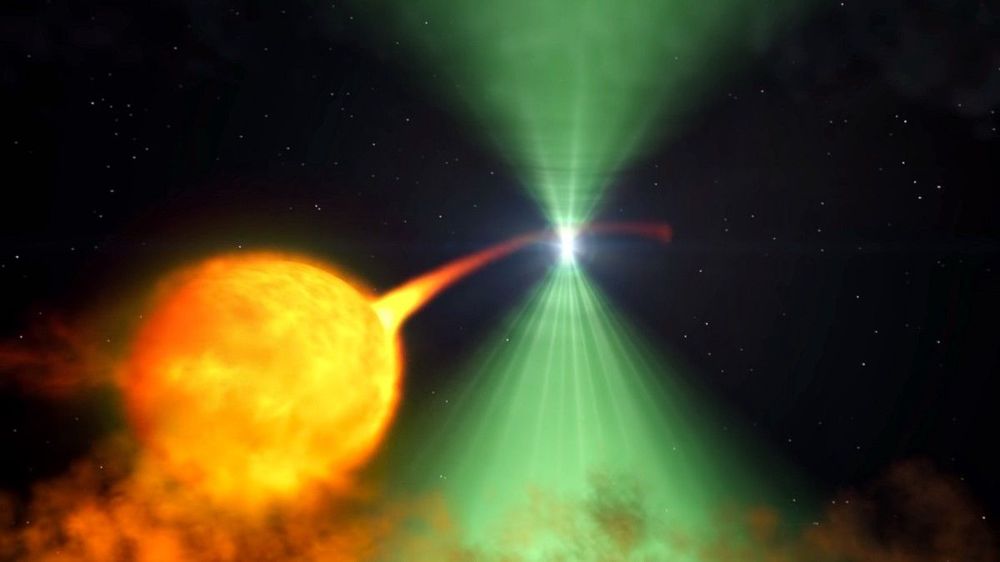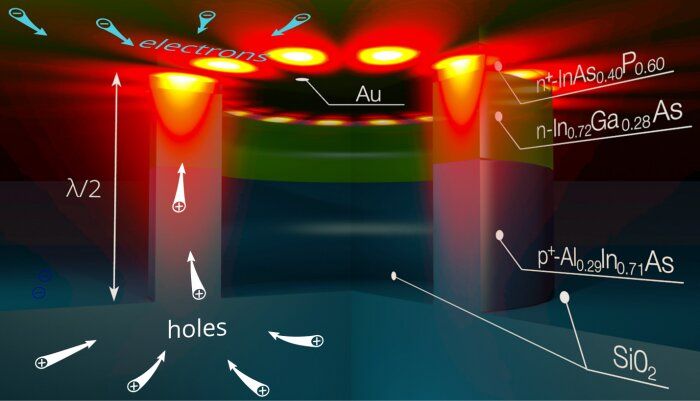“Planet Earth Report” provides descriptive links to headline news by leading science journalists about the extraordinary discoveries, technology, people, and events changing our knowledge of Planet Earth and the future of the human species.
The Universe Might Be Too Thin, Scientists may have found a new crack in our understanding of the universe, reports The Atlantic and Quanta. The cosmos is starting to look a bit weird. For a few years now, cosmologists have been troubled by a discrepancy in how fast the universe is expanding. They know how fast it should be going, based on ancient light from the early universe, but apparently the modern universe has picked up too much speed—a clue that scientists might have overlooked one of the universe’s fundamental ingredients, or some aspect of how those ingredients stir together.









